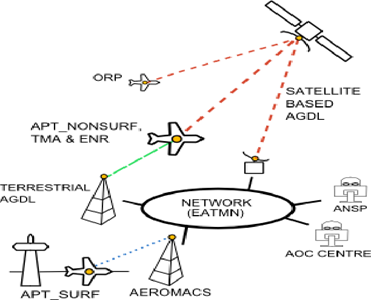

27th October 2022 (6 Topics)
Context
In a recent statement came, by the ISRO chairman that India plans to expand its regional satellite navigation system NaVIC in a bid to increase its use in the civilian sector and also by ships and aircraft traveling far from the country’s borders. This makes it essential to understand the vision of the project.
About
The Need for the such initiative:
- The Navigation with Indian Constellation (NaVIC) uses seven satellites to provide real-time positioning and timing services in India and an area extending up to 1,500 km from the country’s borders.
- However, several satellites of the constellation are over-utilized and outlived their lives and the Indian Space Research Organisation (ISRO) now plans to replace at least five of these with the improved L-Band, which would enable it to offer better global positioning services to the public.
- This will be achieved by using the other five satellites which are in production and as they have to be launched periodically to replace the existing defunct satellites. The new satellites will have L-1, L-5, and S Bands.
|
Navigation through L1, L5, and S bands:
|
Details of the existing satellites:
- Among the seven satellites used by NaVIC at present, three are in the geostationary orbit, and four are in the geosynchronous orbit.
- The current constellation of satellites operates in L-5 Band and S Band, which are used for transportation and aviation sectors.
Satellites in various Orbits:
- Geostationary Orbits: It is a circular orbit 35,785 km (22,236 miles) above Earth's Equator in which a satellite's orbital period is equal to Earth's rotation period of 23 hours and 56 minutes. A spacecraft in this orbit appears to an observer on Earth to be stationary in the sky.
- Geosynchronous Orbits: A geosynchronous orbit (GEO) is a prograde, low inclination orbit about Earth having a period of 23 hours 56 minutes 4 seconds. A spacecraft in geosynchronous orbit appears to remain above Earth at a constant longitude, although it may seem to wander north and south.
|
While geosynchronous satellites can have any inclination, the key difference from geostationary orbit is the fact that they lie on the same plane as the equator. Geostationary orbits fall in the same category as geosynchronous orbits, but it's parked over the equator. |

Role OF NavIC:
- The Indian Regional Navigation Satellite System(IRNSS), with an operational name of NavIC (an acronym for Navigation with Indian Constellation is an autonomous regional satellite navigation system that provides accurate real-time positioning and timing services.
- NavIC-based trackers are compulsory on commercial vehicles in India and some consumer mobile phones with support for it have been available since the first half of 2020.
- There are plans to expand the NavIC system by increasing its constellation size from 7 to 11.
Interventions required further:
- Privatization of the satellite sectors for economic inclusion and to facilitate launches.
- Global cooperation for modern technologies is important.



